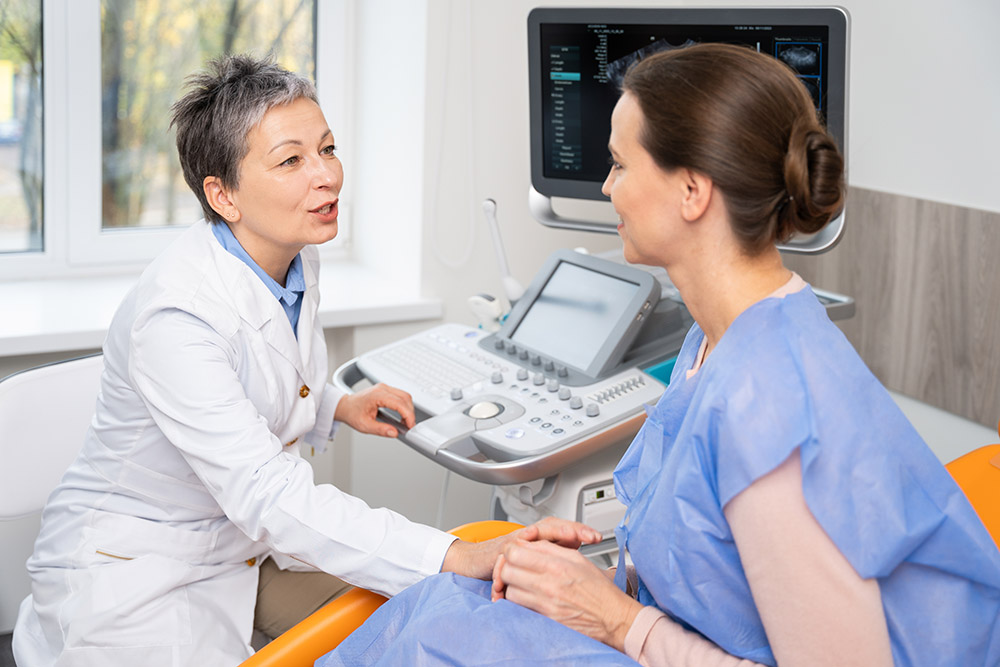Expert Treatment for Hepatic Fibrosis by Dr. Bharat Pothuri
Dr. Pothuri uses a step-by-step approach:
Medical History and Examination
He reviews the exact location, quality, timing, and triggers of your pain. He asks about associated symptoms-nausea, vomiting, heartburn or weight loss-and evaluates lifestyle factors like diet, stress, and medications.
Laboratory Tests
We check complete blood count, liver enzymes, pancreatic enzymes, and test for H. pylori to rule out infection or inflammation.
Imaging and Functional Studies
- Abdominal ultrasound to assess the liver, gallbladder, pancreas, and biliary tree.
- Upper endoscopy (EGD) to visualize the esophagus, stomach, and duodenum for ulcers, gastritis, or reflux disease.
- CT scan or MRI in complex cases to detect structural abnormalities.
Advanced Diagnostic Tests (if needed)
When initial tests are inconclusive, gastric emptying studies, esophageal pH monitoring or manometry may be performed. Endoscopic biopsies can confirm H. pylori, eosinophilic gastritis or rule out malignancy.
Frequently Asked Questions
What is hepatic fibrosis?
Accumulation of scar tissue in the liver due to chronic injury, preceding cirrhosis.
How is fibrosis detected?
Blood fibrosis scores (FibroTest), elastography (FibroScan), and sometimes biopsy.
Can fibrosis be reversed?
Early fibrosis may regress with treatment of the underlying cause and lifestyle changes.
What causes fibrosis?
Alcohol, viral hepatitis, fatty liver, autoimmune disease, or toxins.
How is it managed?
Treat the root disease, avoid alcohol, control weight, and monitor progression.












